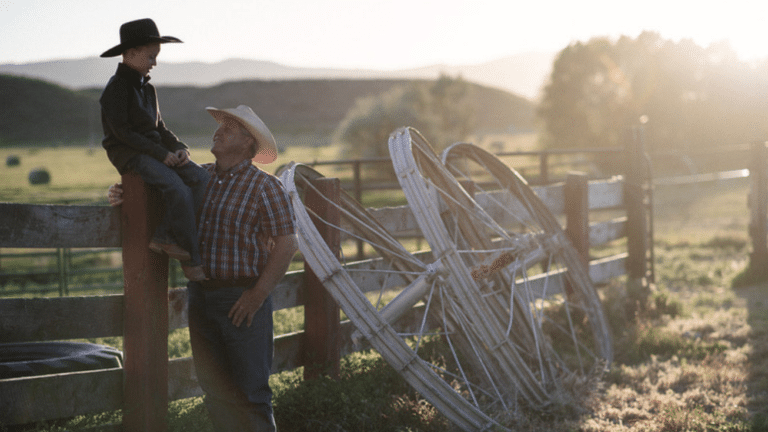How Farmers Adapt to Changes in Growing Seasons
Climate change, agricultural, and genetic engineering technology developments result in new crop growth cycles.
In the past, it would be common to hear a farmer use the adage “knee-high by the Fourth of July” to measure their crops’ growth and success. But these days, that’s no longer the case. This can be attributed to how the growing season has changed over the years.
These changes, thanks in large part to the effects of climate change and recent developments in agricultural technology, and genetic modifications, are prevalent in crops like corn and wheat. In many cases, these crops are also yielding a more bountiful harvest than ever before.
Climate Change Leads to Altered Growing Seasons for Many Crops
Climate change has its pros and cons, with one of the advantages being longer growing seasons for many farmers. According to the United States Environmental Protection Agency (EPA), since the beginning of the 20th century there has been an approximate two-week increase in the average length of the growing season in the contiguous 48 states.
The EPA also reports that they’ve seen a significant and steady increase in growing season lengths over the past 30 years, with a more rapid increase in western states than in eastern states. In the western part of the country, growing season length has sped up about 2.2 days per decade since 1985 as opposed to eastern states’ increase of about one day per decade.
Many farmers in the nation’s Midwestern region have modified their planting practices to accommodate warmer-than-usual temperatures, and as a result, they are growing more corn than they have in the past. Overall, today’s U.S. growers harvest five to six times more corn per acre than farmers did a century ago.
Knee-high corn in late June and early July was believed to indicate higher yields for the year, but in present day agriculture, this indicates trouble for farmers as the corn should be significantly taller. The Iowa Corn Growers Association reports that, under the proper conditions, Iowa corn plants typically reach a height of 8 feet by midsummer.
Genetic Engineering Technology Contributes to New Growing Seasons
Climate change isn’t the only thing that has altered corn’s growth cycle; thanks to new corn breeds and varieties available, there are noticeable differences in the way the crop grows today. Farmers can plant corn earlier because of more robust breeds and new kinds of seeds, and earlier planting means taller corn by Independence Day.
Researchers and scientists are also working to make corn, along with row crops like wheat and sorghum, perennials rather than annual plants through genetic engineering. Perennials have longer growing seasons than annuals. They also have a more advanced root system that makes them more productive and efficient when it comes to deriving nutrients and water from soil.
Furthermore, seeds for various crops and farm-fresh foods are being bred with specific traits, such as herbicide and insect resistance, giving farmers the ability to plant earlier. Cold-tolerant hybrids, which can grow in soil with lower temperatures, are a perfect example. This lengthens the growing season, and that can have a big—and positive—impact on productivity and yields.
Ag Technology Advancements Result in New Crop Growth Cycles
Crop changes have also resulted from the emergence of new agricultural technology developments.
Along with helping farmers yield more impressive harvests and healthier crops, precision agriculture tools make it possible to alter growing seasons. For example, wavelength management in indoor settings helps specialty crop growers produce food at a faster rate throughout the year.
Advances in light-emitting diodes (LEDs) have helped reduce growing times for some plants. According to this article, “certain combinations of red and blue LEDs can reduce the amount of time it takes to grow a head of lettuce indoors by up to 17 days.” Setting LEDs on timers allows farmers to capitalize on the “ratio of light to dark” that may accelerate the growing process for indoor crops to an even greater degree.
All things considered, it makes sense that many farmers are retiring the catchy phrase “knee-high by the Fourth of July” and instead saying that crops should be “as high as an elephant’s eye” by the Fourth of July. This new adage comes from a song in the 1943 musical Oklahoma.
“There’s a bright golden haze on the meadow / The corn is as high as an elephant’s eye / An’ it looks like it’s climbin’ clear up to the sky.”
Prepare for a Stronger Financial Future
AgAmerica Lending is here and ready to help you find sustainable, long-term success with our low interest rates, long amortizations, and unique spectrum of land loans and alternative lending. If you’re ready to discuss the financial future of your operation, contact our professionals today.






